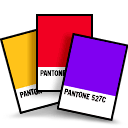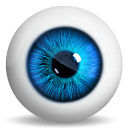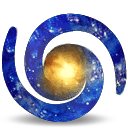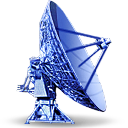Viewing Distance
Smallest Perceivable Spec
Ambient Light
Cone Resolution
(sharp detail & colour)
(sharp detail & colour)
Rod Resolution
(low light & motion)
(low light & motion)
none
1° Foveola area can discern fine detail
4° Fovea area can read text
30° Macula area can recognize shapes
60° area can determine colours
120° Peripheral area can detect motion
Multiply the diagonal screen size (in inches) by 49% (0.49), then use the television's resolution like 720, 1080, 2160(4K), 4320(8K), and divide that by the first number. For example, if you have a 60" Ultra-HD (4K) TV, you would take 60 x 0.49 = 29.4, then the lines of resolution (2160) divided by that... 2160 ÷ 29.4 = 73.46ppi (pixels-per-inch on the TV's screen). Next, set the above slide-control to the distance between your television and seating area to see how many ppi are perceivable. In our example, at 8-feet away (or less) your retinas are getting every dot, and at 16½-feet away a 60" 4K and a standard 1080P will appear the same (resolution-wise).








